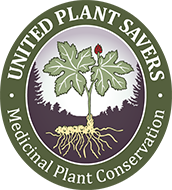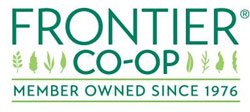Excerpts from Panel Discussion. Panel: Kenneth Proefrock, Jason Miller & Jill Stansbury speaking at the Southwest College of Naturopathic Medicine in Tempe, Arizona. Exciting new discoveries in medicine (genomics, cancer, immunotherapy and a host of others) provide new information for the herbalist.
Transcript below (excerpts from the full panel):
Jillian Stansbury, ND
….Used in a controlled setting people are also capitalizing on the photosensitizing effects of St. John’s wort and delivering it to the esophagus, delivering it topically on the skin for melanomas and basal cell carcinomas or instilling it in the bladder. Then you can expose those tissues, instead of to radiation, as an alternative to radiation therapy, something like a strong LED light. Something that’s not damaging to the normal tissues at all, does not have any sclerosing effects on healthy cells down the line and it’s been shown that many cancer cells will take up hypericin more readily than will healthy cells…..
Kenneth Proefrock, ND
….Basically, with botanical medicine, you learn how to do tinctures, powders, raw herb, and tea. Really, I think some of the more cutting-edge ideas are about how do you get better delivery systems for people? How do you get something into somebody in a way that’s going to have the best therapeutic effect? How can you make that available to them in some kind of an affordable manner? It turns out that most of the liposomal products that you find at the health food stores these days are not actually liposomes but are emulsions in phospholipids. That doesn’t invalidate them as products, it just means they haven’t really perfected the commercial production of liposomes. What we were trying to do is move that to a different place where we’ve discovered that there’s a certain angle of late homogenizing and really to encourage it…..
Jason Miller, DACM
…Back in 2003 he started publishing a couple of papers on amino acid therapy for neurological problems and disorders. What got me really intrigued about it is his research into Parkinson’s disease. I don’t know if anybody here has experience with Parkinson’s patients but they’re notoriously a really hard population of people to treat. You can oftentimes help get their symptoms ameliorated to some degree but at some point these people will generally go on to L-dopa therapy or to Sinemet or Parcopa and they’re going to combine that with an aromatic acid decarboxylase inhibitor. It’s going to stop the L-dopa from turning into dopamine in the periphery of the body…..
The full audio recording of this presentation is available for purchase at Integrating New Developments in Medical Science with Botanical Medicine.
Learn about Naturopathic CE (continuing education) credits.







